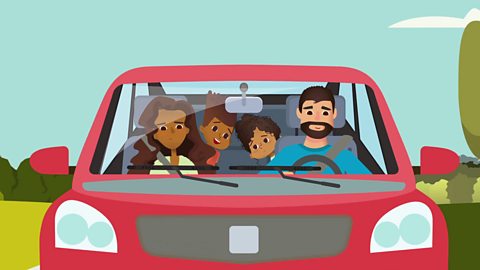Watch: Children in the 1950s
Find out what life was like for children in the 1950s.
Grandpa: We came over on a boat, all the way from Jamaica here, to the UK, here.
Lucy: It’s a really long way. How long did it take?
Grandpa: About three weeks. It was so different to home. For starters, it rained all the time. There were so many exciting things at our new house. Let’s go and have a look, back in time.
Young Grandpa: We had a TV for the first time. I remember watching the Coronation. That was when Princess Elizabeth became the Queen. We all felt so proud.
Nathan: It’s very fuzzy, I can’t really see what’s going on.
Young Grandpa: Well, TV’s weren’t as good back then when I was little. My mum had to do all the washing by hand because we didn’t have a washing machine yet.
Nathan: Boring!
Young Grandpa: We did get a fridge for the first time. Before that, we had to keep the food in the pantry and eat it much more quickly.
Nathan: Did you have some fun toys?
Young Grandpa: I had lots of metal toy cars that looked just like the real thing. I used to play with them all over the house. My daddy used to get very cross.
BOY LAUGHS
Young Grandpa: But this was my favourite.
Lucy: What is it?
Young Grandpa: Hold it up to the light and look through the eye holes.
Nathan: Wow!
Young Grandpa: You turn the dial. I had pictures of Jamaica on there, so I could look at our old home and see all the beaches.
Lucy: Let me see!
Nathan: I wish we could go to Jamaica.
Grandpa: Maybe I’ll take you one summer to see my family who still live there.
Life after World War Two
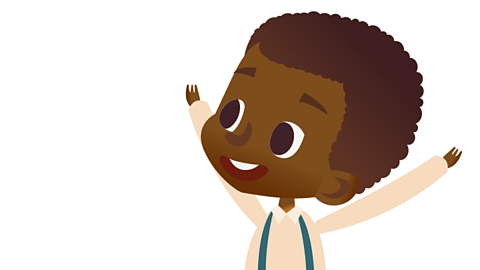
After World War Two finished in 1945 life got better for children in Britain during the 1950s.
The destruction of the war and evacuation had shown people how poor many children were.
It was agreed that something had to be done to make life better.

A health service for everyone
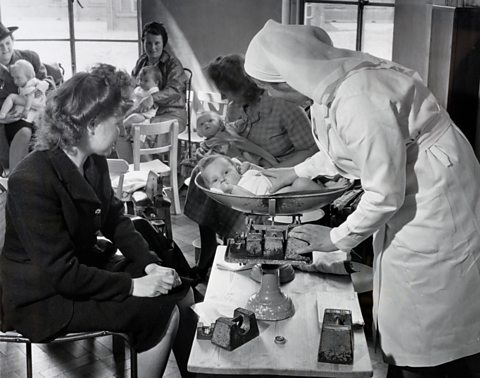
- In 1948, the National Health Service (NHS) was set up.
- It provided free health care for everyone with doctors, hospitals, eye tests and dentists.
- Children's health began to improve.
- Medical scientists developed vaccines for polio and measles which had killed or harmed many children.
- Other infections could be now cured with antibiotics.
Making sure everyone had a house
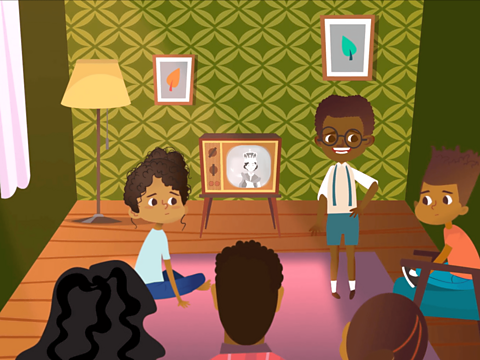
The Blitz had destroyed many thousands of homes, and the government also realised that many Victorian houses were no longer suitable.
Council estates had begun in the 1920s but after the war many more were built in the 1950s.
Millions of new houses were built providing safe, spacious and cleaner places for children to grow up and play in.
Electricity and gas meant that many more homes had heating, lighting, washing machines, running water and indoor toilets. At last you could go to the toilet in the warm!

Migration after the war
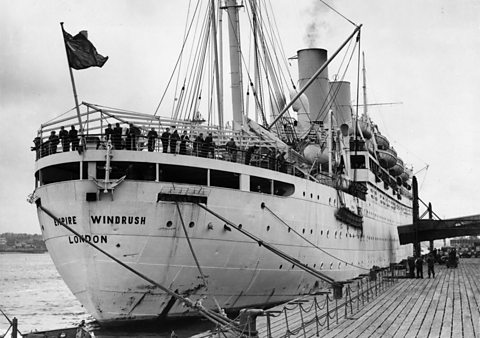
- The first people to move from the Caribbean to the UK in the 1950s are called the Windrush generation.
- They are named after one of the ships which was called Empire Windrush.
- 86 children under the age of 12 sailed on the Empire Windrush.
- People came to Britain because it needed more workers to rebuild the country after World War Two. Many people found moving to another country difficult.
- Find out more in 'The arrival of the Windrush' guide.
What was school like?
Children now had to attend school until the age of fifteen.
They went to secondary modern, technical or grammar schools.
This was the first national school system and was designed to prepare children for a new world of work.
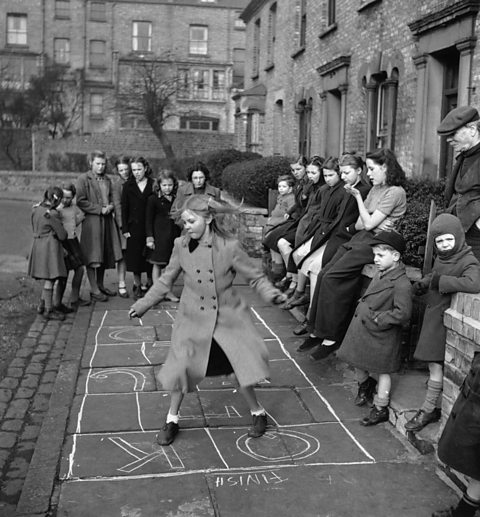
What toys and entertainment were there?
Plastic toys became very popular in the 1950s.
In 1958 the modern Lego brick was invented in Denmark and became available around the world.
More people had televisions and children’s programmes began to be popular.
The coronation of Queen Elizabeth II on 2nd June 1953 at Westminster Abbey was a major event and many people watched it on TV.
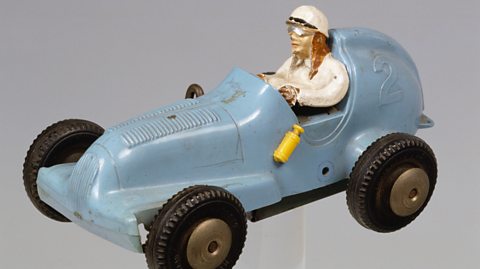
Activities
Activity 1: Children in the 1950s quiz
Activity 2: 1950s colouring sheet
Download and print this colouring sheet of Lucy, Nathan and Grandad in the 1950s. Can you colour it in and label it with some of the things that were familiar to Grandad in the 1950s?
Download the 1950s colouring sheet here.

Play Bitesize Primary games. game
Fun and educational primary games in science, maths, English, history, geography, art and design, computing and modern languages.

More on Childhood through time
Find out more by working through a topic
- count5 of 10
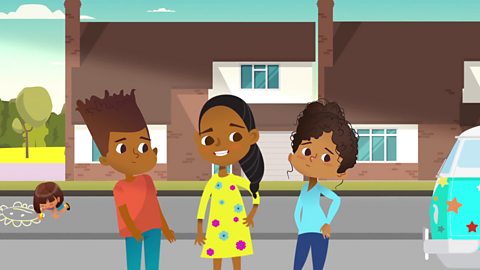
- count6 of 10
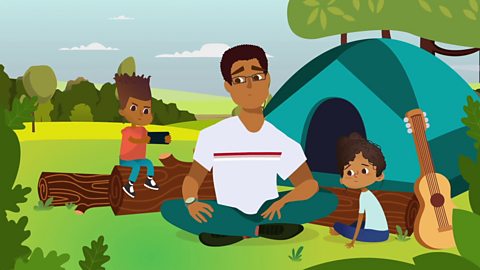
- count7 of 10
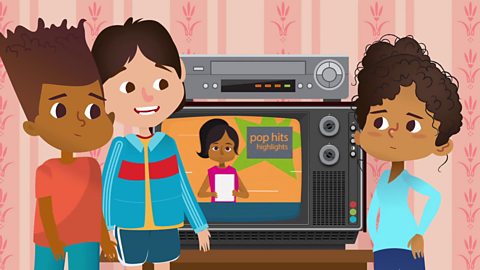
- count8 of 10
